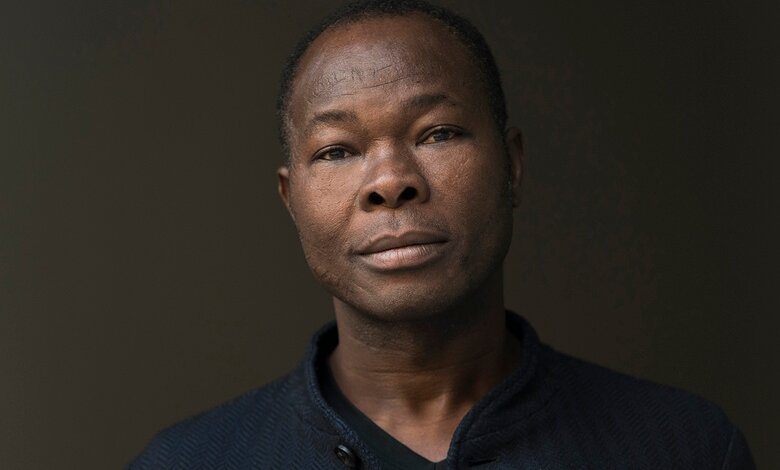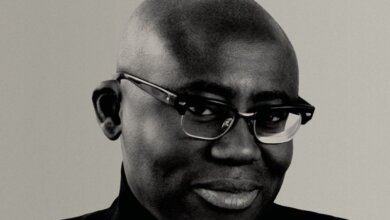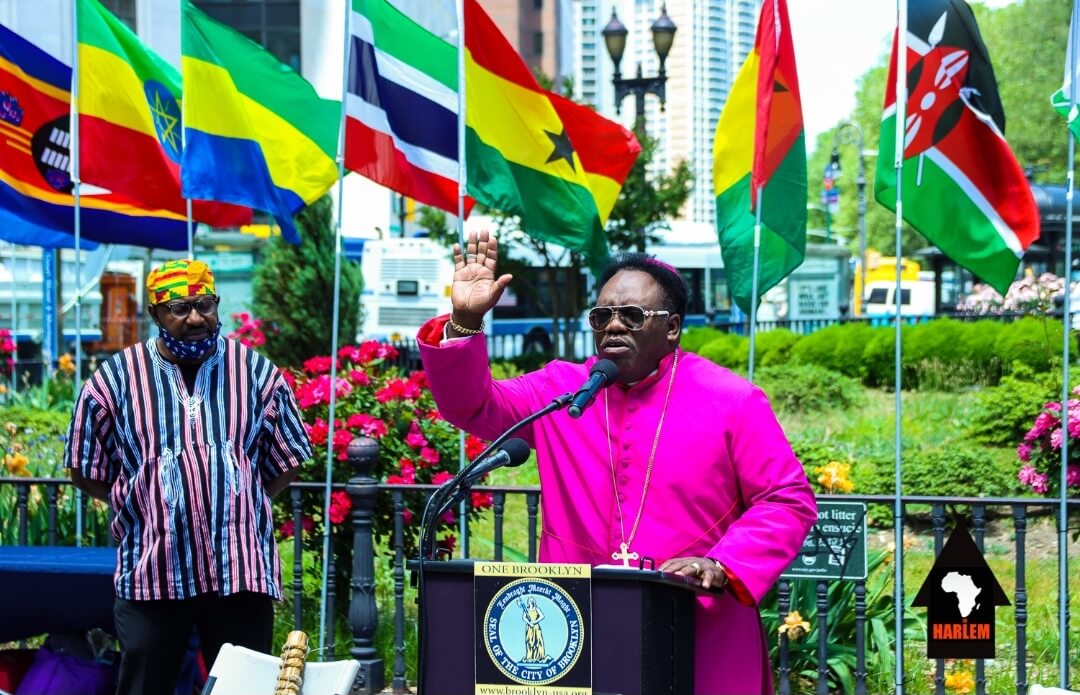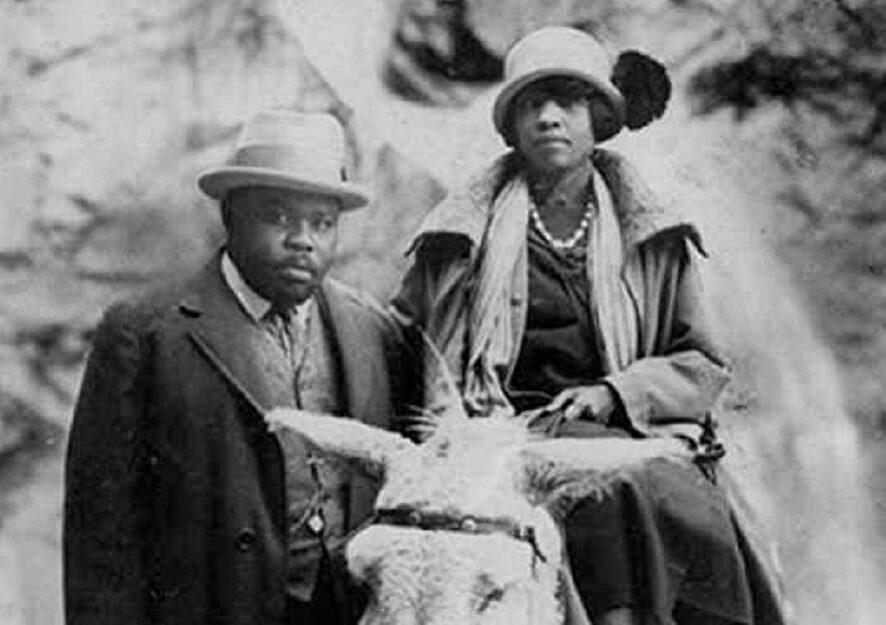Profile: Francis Kéré, first African to win Pritzker Prize, Architecture’s Nobel

Diébédo Francis Kéré, a Burkina Faso-born architect, was given the Pritzker Prize, architecture’s highest honor, on March 15, 2022. In the award’s 43-year history, he became the first African to win it.
Kéré who holds dual citizenship in Burkina Faso and Germany, was honored for his groundbreaking designs that are sustainable to the planet and its inhabitants – in places of extreme scarcity, according to Tom Pritzker, chairman of the Hyatt Foundation, which sponsors the award.
Kéré described himself as the “happiest man” on the globe after winning the prize, which is known as the Nobel of architecture, stating that he has an incredible sense of dignity as well as a sense of responsibility, in his interview with AFP in Berlin.
Early life
On April 10, 1965, in Gando, Burkina Faso, Diébédo Francis Kéré was born. His father, Gando’s local chief, wanted his eldest son to learn to read and decipher letters, making him the village’s first student.
He had to leave to be with his uncle in the city at the age of seven since there were no schools in Gando, a small town with a literacy rate that is still below the national average of 25%.
He became a carpenter after finishing his education and was awarded a Carl Duisberg Society scholarship to do an apprenticeship as a development aid supervisor in Germany; he moved to Berlin in 1985. During his night sessions, he learnt how to make furniture and roofs.
He was admitted to study Architecture at the Technical University of Berlin after completing his apprenticeship, and graduated in 2004.
With the help of college friends, he founded Schulbausteine für Gando e.V. (now Kéré Foundation e.V.), a non-profit organization dedicated to construction projects in the village of Gando, in 1998. Kéré Architecture, which he founded in 2005, now has offices in Germany and Burkina Faso.
Projects
He built his first building, Gando Primary School, while still in college in 2001. The Aga Khan Award for works accomplished in countries with a high Muslim population was given to the project in 2004. The primary school was built in response to a population increase from 120 to 700 after the extension was completed.
Gando School Library, Gando Teachers’ Housing, Gando Mango Tree Project, Gando School Garden and Well, Gando Secondary School, and Atelier Gando are among the eight major projects he has completed in Gando. The project began in 2014 and is still ongoing.
He also built the secondary school project in Dano, Burkina Faso, which was inspired by Kéré’s previous work in Gando. Laterite stone, which is native to the area, was used extensively in the construction.
He also designed the Mopti Centre for Earth Architecture in Mopti, Mali. Following the restoration of the mosque and the installation of a new sewerage system, the Mopti Centre for Earth Architecture was completed in 2010. It is part of a series of projects. The Centre is built utilizing the same traditional building techniques used at Mopti, Timbuktu, and Djenné’s Great Mosques, and is much more than an exhibition space. It demonstrates how local materials may be used in a modern fashion.
The “Remdoogo,” also called the Opera Village, about an hour’s drive from Burkina Faso’s capital, displays West African beauty in the Sahel zone. It was a product of Francis Kéré and the late Christoph Schlingensief, a legendary theatre and cinema director and a prominent figure in German culture.
It was being created on a 12-hectare site in Laongo. A festival theatre, seminars, a medical center, and guest houses are also planned, as well as solar panels, a well, and a school for up to 500 children and teens with music and film programs.
The festival hall, which also houses the theatre, is the project’s focal point. The stage and auditorium were designed and erected for a piece of German theatre, but they were never used.
Kéré’s Coachella tower installation, which consists of 12 brightly colored towers was a brilliant architectural design. It was named ‘sarbalé ke’ in kéré’s native tongue, means ‘house of celebration.’
The structures, some of which are over 60 feet (18 meters) tall, have been painted in bright colors, and their shadows create important shaded areas.
He was also commissioned to design the 17th annual Serpentine Pavilion in London’s Kensington Gardens. The 2017 Serpentine Pavilion was sponsored by Goldman Sachs.
To be situated in Porto-Novo, Benin’s capital, he designed the new Benin Republic national assembly building. He was inspired by the palaver tree, a centuries-old West African ritual of gathering under a tree to discuss community-wide choices.
Previous Awards
- Aga Khan Award for Architecture in 2004,
- Global Award for Sustainable Architecture in 2009,
- BSI Swiss Architectural Award in 2010,
- Marcus prize for architecture and Holcim Awards Gold in 2011
- Africa Middle East in 2011,
- Global Holcim Awards in 2012,
- Schelling Architecture Award in 2014,
- Kenneth Hudson Award for European Museum of the Year in 2015,
- Arnold W. Brunner Memorial Prize in 2017,
- Prince Claus Laureate Award in 2017
- Thomas Jefferson Medal in Architecture 2021
Abeeb Lekan Sodiq is a Managing Editor & Writer at theafricandream.net. He’s as well a Graphics Designer and also known as Arakunrin Lekan.





